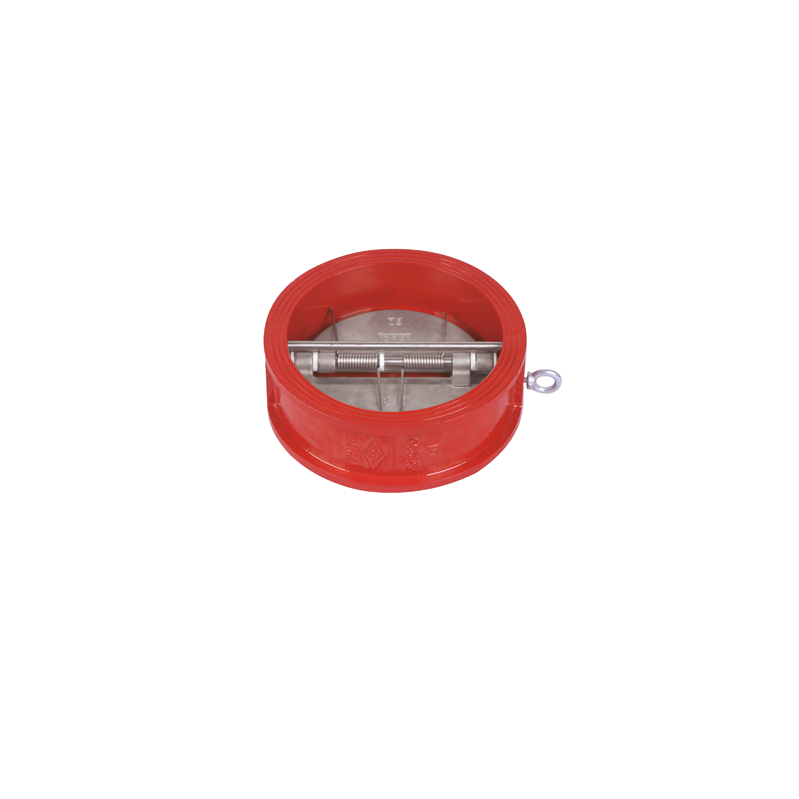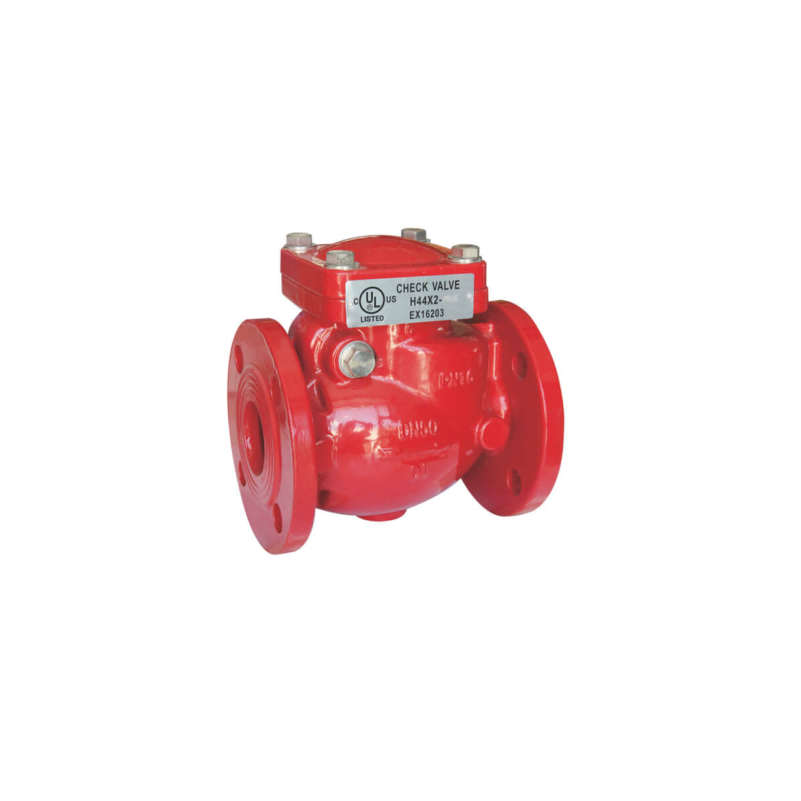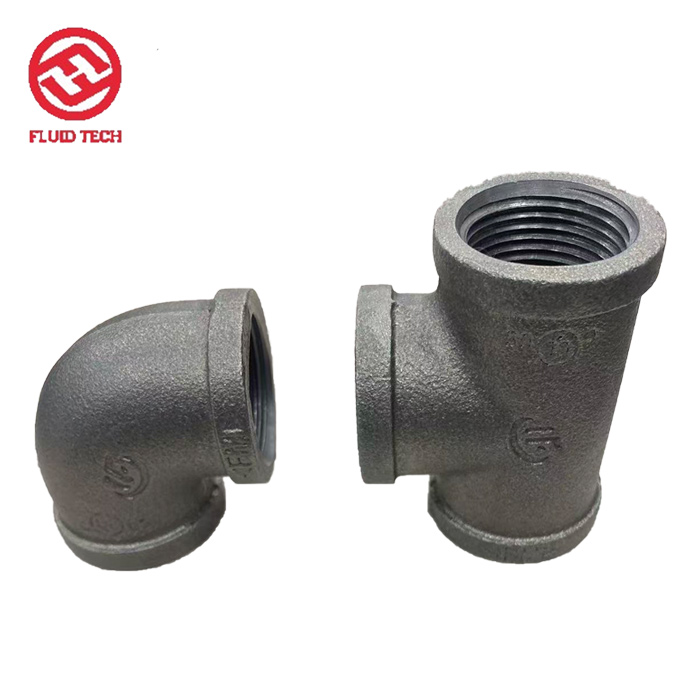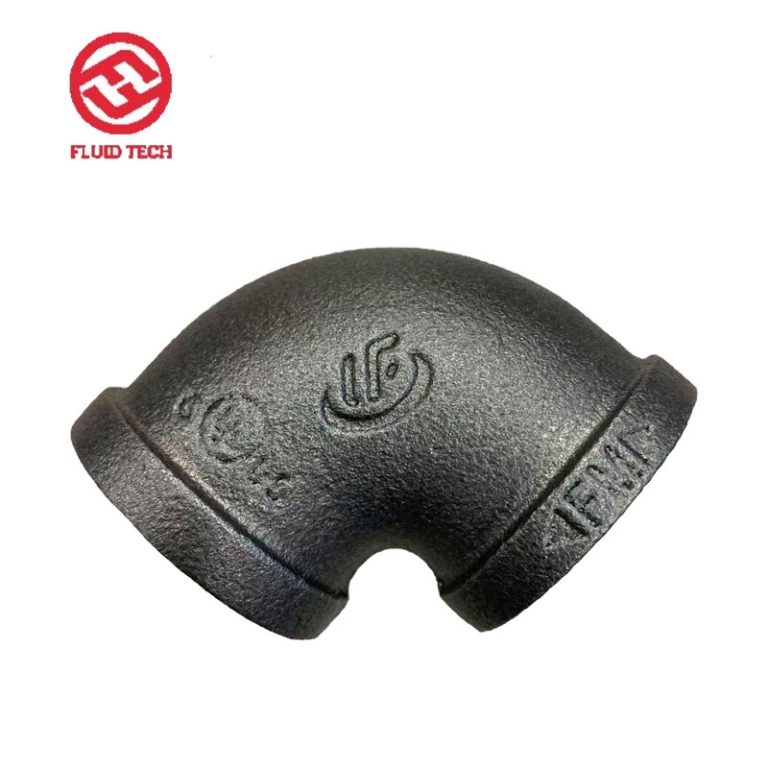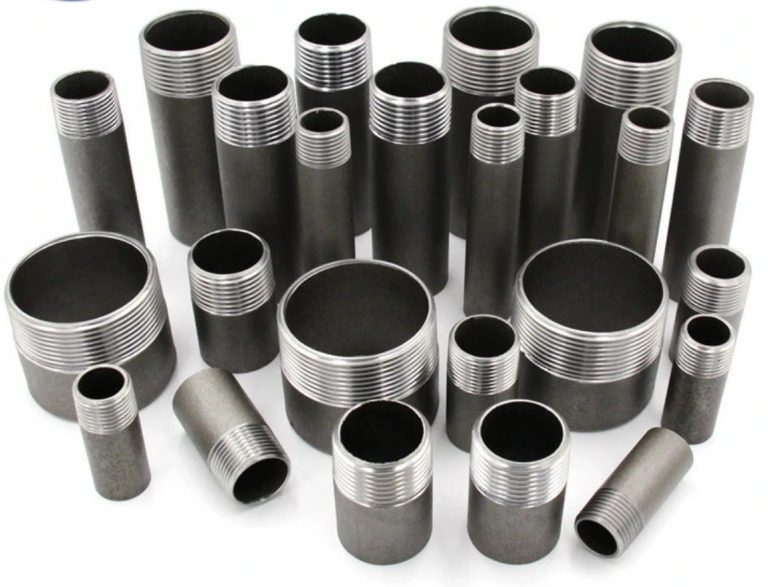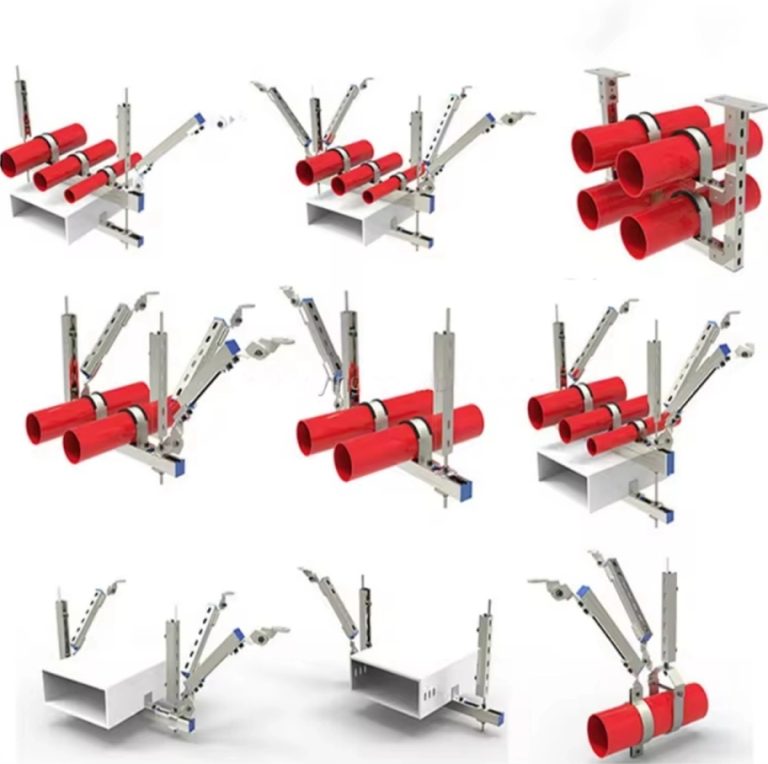In systems for fire safety and water pipes, keeping water flowing safely and correctly is absolutely vital. Two important devices often talked about are backflow preventers and check valves. Both help manage the direction water moves, but they have different jobs, designs, and uses. Knowing how a backflow preventer differs from a check valve is crucial for experts in building, plumbing, and fire safety. Facility operators and property holders also need this knowledge. This blog explores their functions, uses, and main differences. Understanding these helps you make smart choices for your work.
What is a Backflow Preventer?
A backflow preventer is a special piece of equipment. It keeps drinking water supplies safe from pollution. It does this by stopping water from flowing backwards. Reverse flow happens when water moves the wrong way. This can be due to increased pressure or suction. Such events might let dangerous things get into clean water systems. Backflow preventers are essential where drinking water connects to systems that could bring in harmful materials. Examples include watering systems, fire sprinklers, or factory machines.
Key Features of Backflow Preventers
- Purpose:Stops dirty water from flowing back into sources of clean drinking water.
- Design:Uses several safety backups. These include double non-return valves, air openings, and pressure release mechanisms. This ensures very strong safety.
- Applications:Usually put in at connection points. This is where city water enters business or home buildings. They are also used in machines like dishwashers and clothes washers.
- Certifications:Often have FM Approval and UL Listing. This means they meet tough safety rules.
- Temperature Range:Usually made to handle very high heat. Some types can go up to 343°C (650°F). This makes them good for fire safety setups.
Backflow preventers have strong safety features. They use several protective layers. For example, a Double Check Assembly (DCVA) has two separate non-return valves plus an air vent. If one valve stops working, the spare valve and vent block pollution. This makes backflow preventers essential for protecting drinking water. They also help follow local laws.
What is a Check Valve?
A check valve, also called a one-way valve, is a simpler device. It lets fluid move in one direction. It stops reverse flow. People often use it in different systems. It helps keep things running well. It also protects parts from harm caused by backward flow. However, check valves don’t have the advanced safety backups found in backflow preventers. This makes them not good enough for protecting drinking water supplies.
Key Features of Check Valves
- Purpose:Prevents fluid from flowing backwards. This shields system parts.
- Design:Usually has one valve flap. This flap closes against a base to block reverse flow.
- Applications:Used in setups like fish tanks, waste systems, basement pumps, air pipes, and water well pumps.
- Material:Often built from brass, stainless steel, or carbon steel. Finishes like electro-galvanized help resist rust.
- Limitations:Can fail easily. Dirt might jam it open. It might slam shut too fast. This causes pressure shock in pipes.
Check valves are adaptable and budget-friendly. Yet, they don’t offer the same safety level as backflow preventers. This is especially true for situations involving drinking water.
Backflow Preventer vs. Check Valve: Key Differences
Understanding the differences between backflow preventers and check valves is crucial. It helps pick the right device for your setup. The table below shows their main contrasts:
| 特徴 | Backflow Preventer | Check Valve |
| Main Function | Stops polluted water entering clean drinking sources | Prevents fluid flowing the opposite way |
| Protection Level | Multiple layers (e.g., two non-return valves, vents, pressure releases) | Single layer (valve flap on base) |
| Applications | Drinking water setups, fire sprinklers, watering, business pipes | Fish tanks, waste systems, air pipes, basement pumps, water well pumps |
| Installation Spot | At links where clean water meets possible pollutants | Where reverse flow might harm system parts |
| 料金 | 2-3 times pricier because of complex build | Cheaper due to simpler construction |
| Certifications | FM Approved, UL Listed for fire safety and pipe uses | May or may not have approvals, depends on use |
| Temperature Range | Up to 343°C (650°F) for fire safety setups | Varies, often lower for standard uses |
Why the Difference Matters
For fire safety systems, safety and following rules are top priorities. Backflow preventers are often needed to meet standards like those from FM Global or UL. Check valves are helpful in less important jobs. Yet, they cannot give the same pollution protection level. This makes them unfit for drinking water systems.
Types of Backflow Preventers
There are several kinds of backflow preventers. Each is made for specific jobs and risk levels. Below are some common types:
- Air Gap:A non-mechanical backflow stopper. It uses a physical space between the water supply and the receiving container. This stops pollution. It needs a lot of room but works very well.
- Double Check Assembly (DCVA):Has two non-return valves. Used for low to medium risk jobs. Examples are fire sprinkler or watering systems.
- Reduced Pressure Zone Device (RPZD):Made for high-risk situations. It includes two non-return valves. It also has a pressure-watched chamber and a pressure release. This gives maximum safety.
- Hose Bib Vacuum Breaker:Used for outdoor taps. Stops back suction from non-drinkable sources like pools or pails.
- Atmospheric Vacuum Breaker (AVB):Uses a pop-up valve. Prevents back-suction in watering systems.
- Pressure Vacuum Breaker (PVB):Good for systems with non-drinkable water upstream. Has test points for checking.
Each type is chosen based on the specific needs of the pipe or fire safety system. Local rules also play a part.
Applications in Fire Protection Systems
In fire safety setups, backflow preventers play a key role. They ensure water used in sprinklers or hydrants doesn’t pollute city water supplies. For example, in projects like the Red Sea International Airport (Saudi Arabia, 2023), backflow preventers were vital. They were part of the sprinkler and hydrant systems. They helped maintain safety and rule compliance. Similarly, check valves are used in less important spots. They help maintain pressure in fire pumps. But they are not enough for protecting clean water sources.
Why Choose Certified Products?
At Fluid Tech Piping Systems, all fire safety items include backflow preventers and check valves. They are FM Approved and UL Listed. This ensures they meet the top industry standards. Approvals like FM, UL, CE, LPCB, and VDS promise reliability and compliance. These are critical for projects like the Kingsway Tower (Nigeria, 2021) and CIU Nicosia (Cyprus, 2022).
Fluid Tech: Your Trusted Fire Protection Valves Supplier
Fluid Tech Piping Systems (Tianjin) Co., Ltd. is a top provider of fire safety answers. They focus on high-grade items like backflow preventers, check valves, and other fire safety valves. Started in 2018, Fluid Tech works with leading makers. They deliver FM/UL-approved items that ensure safety and compliance. They have a full line of items. These include ductile iron pipe connectors, grooved connectors, and earthquake bracing setups. They offer one-stop buying services to building firms worldwide. Their promise to quality checks covers everything. This includes raw materials to checks before shipping. It ensures every item meets strict rules. Choosing Fluid Tech gives you access to expert technical help. You also get fast delivery and cost-efficient answers made for your job needs.
結論
Choosing between a backflow preventer and a check valve depends on your system’s specific needs. To protect drinking water supplies, backflow preventers are the best pick. They have multiple safety backups and follow strict rules. Check valves are simpler and more budget-friendly. They are better for jobs where stopping reverse flow is less critical. Knowing their differences and uses helps ensure your fire safety or pipe system is safe, efficient, and compliant. At Fluid Tech, we supply approved, high-grade answers for your needs. We back them with expert help and a promise to safety.
FAQs
Can a check valve be used as a backflow preventer?
No, a check valve is not a safe replacement for a backflow preventer. Both stop reverse flow. But backflow preventers have several safety backups. These include double non-return valves and pressure releases. They protect drinking water sources. Check valves offer only one layer of safety.
Where are backflow preventers required in fire protection systems?
Backflow preventers are needed at connection points. This is where clean water could get polluted. Examples are fire sprinkler systems or hydrant links. Local laws often require their use to ensure water safety.
What certifications should I look for in backflow preventers and check valves?
For fire safety systems, look for FM Approval and UL Listing. These ensure the backflow preventer or check valve meets tough safety and performance rules.
How do I choose between a backflow preventer and a check valve for my project?
Pick a backflow preventer for drinking water systems or high-risk jobs needing strong safety. Use a check valve for non-drinkable systems. They are good where simple reverse flow stoppage is enough. Examples include basement pumps or air pipes.
Why is quality control important for backflow preventers and check valves?
Quality checks ensure backflow preventers and check valves work reliably under pressure. At Fluid Tech, we do strict inspections. These include water pressure tests and outside checks. This guarantees item safety and compliance.

